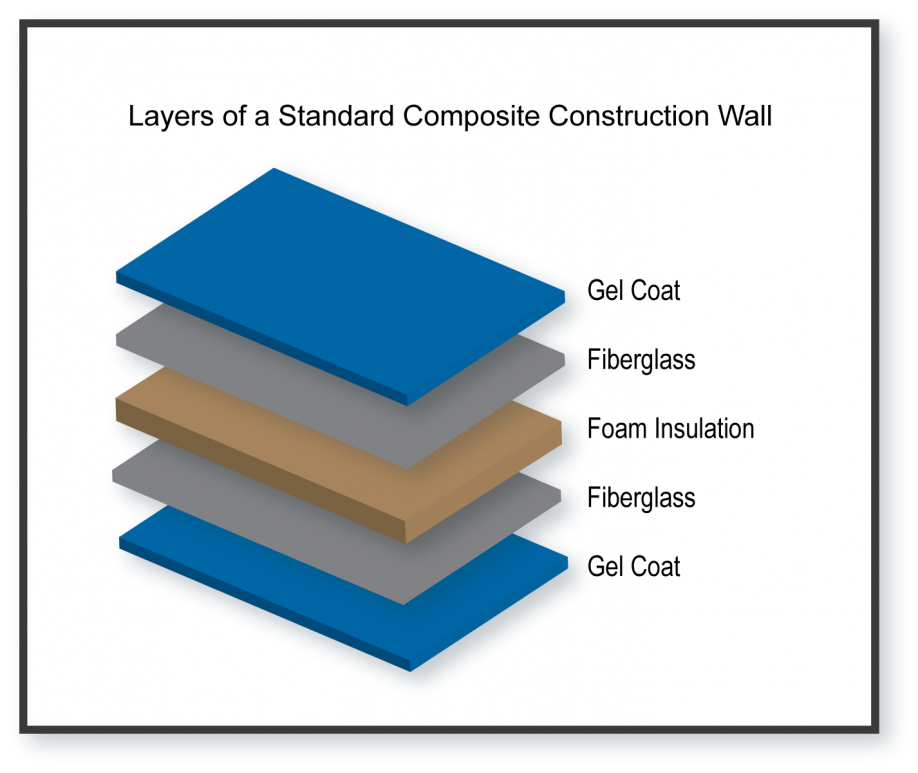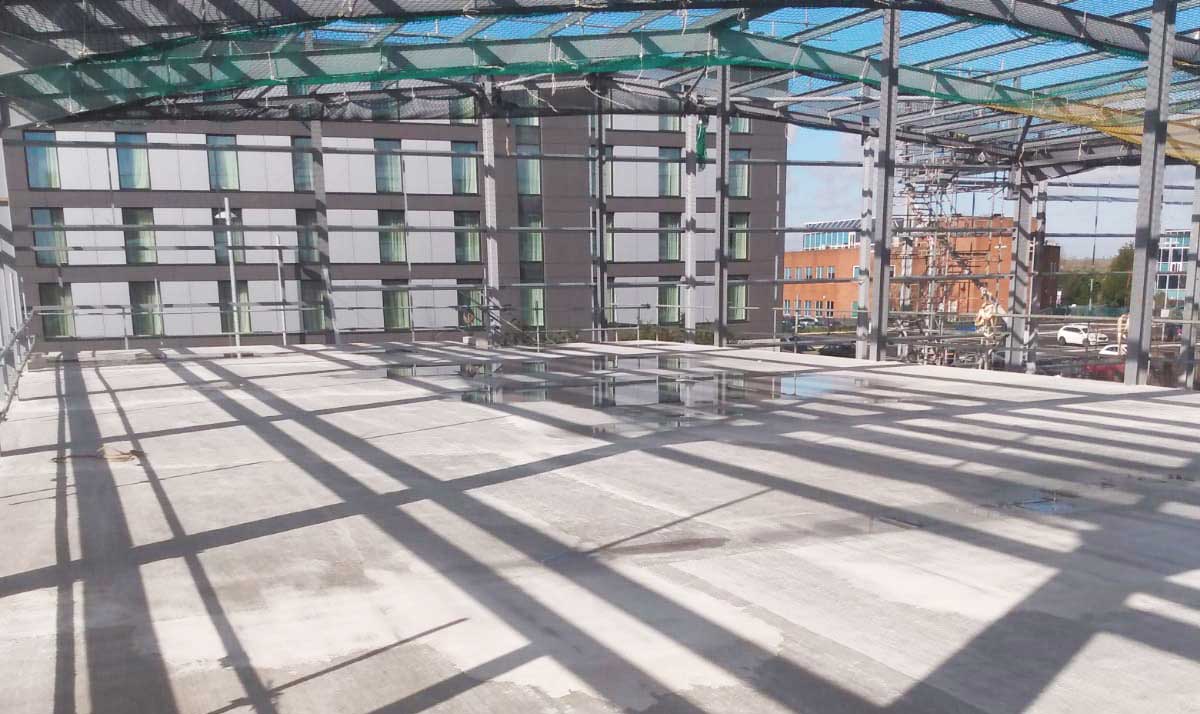Composites: The Secret to Modern, Lasting Building And Construction
Composites: The Secret to Modern, Lasting Building And Construction
Blog Article
Opening the Environmental Advantages of Recycled Composites in Construction and Style
In the world of construction and design, the application of recycled composites holds considerable pledge for enhancing sustainability techniques and lowering ecological impact. The shift towards an extra sustainable future in these industries pivots on opening the complete capacity of recycled composites.

Environmental Impact Reduction
The decrease of ecological impact via the use of recycled compounds in construction and design plays a crucial role in lasting practices. By integrating recycled compounds into building products, the construction market can significantly lower its carbon impact and contribute to an extra environment-friendly future. These sustainable products, made from repurposed plastics, wood fibers, or other recycled aspects, supply a practical alternative to standard building and construction products without endangering on top quality or toughness.
Recycled composites assist divert waste from landfills and minimize the requirement for drawing out basic materials, hence conserving all-natural resources. Additionally, the production procedure of these composites commonly takes in much less power and produces fewer greenhouse gases compared to creating virgin products (composites). This shift in the direction of using recycled compounds not only lessens ecological damage but additionally promotes a round economic climate by urging the reuse of materials that would or else be discarded
Waste Reduction
With a focus on lessening waste in building and construction and design, the integration of recycled compounds supplies a lasting service to minimize ecological influence. Waste minimization is an important element of sustainable practices, and the usage of recycled composites offers a chance to accomplish this goal efficiently. By using products that have currently offered their preliminary function, such as recycled plastics or recovered timber fibers, the building and construction and layout sectors can dramatically reduce the quantity of waste produced and sent to garbage dumps.
Recycled composites have the possible to divert significant amounts of waste from typical disposal methods, contributing to an extra round economy where sources are used effectively. Furthermore, the production process of recycled compounds typically eats less power and generates less emissions contrasted to virgin materials, further decreasing the ecological impact of building and construction and layout jobs.
Implementing waste reduction techniques through the incorporation of recycled composites not only aids in preserving natural sources but additionally promotes a much more sustainable technique to structure and creating for a greener future.
Power Conservation
Integrating recycled compounds not just minimizes waste in construction and layout however also plays a crucial role in boosting power preservation methods within the industry. The usage of recycled composites in building can dramatically add to power preservation with various means. To start with, the manufacturing of virgin products normally requires substantial energy inputs, whereas making use of recycled compounds eats much less energy, consequently minimizing general power consumption. In addition, including recycled compounds can contribute to far better insulation buildings in structures, lowering the demand for excessive home heating or air conditioning, and consequently decreasing power usage for environment control. In addition, the lightweight nature of many recycled composites can lead to lighter structures, calling for much less power for transportation and installment. By advertising making use of recycled compounds in building and style, the market can make substantial strides in the direction of attaining power efficiency and lowering its carbon footprint, inevitably contributing to an extra sustainable constructed atmosphere.
Carbon Footprint Reduction
Enhancing sustainability methods through the utilization of recycled composites in building and construction and style dramatically lowers the carbon impact of the sector. By integrating recycled materials into the production of compounds, the requirement for virgin sources lowers, resulting in lower energy intake and greenhouse gas discharges associated with typical manufacturing processes. This decrease in carbon impact is important in combating climate modification and advertising a much more eco pleasant technique to construction and layout.
Moreover, making use of recycled compounds additionally aids in drawing away waste from land fills, consequently mitigating the ecological influence of disposal and promoting a round this contact form economy. The carbon impact reduction attained through the fostering of recycled compounds aligns with the international push towards sustainable methods and the decrease of commercial exhausts. It showcases a commitment to accountable resource monitoring and a shift in the direction of greener options in the building and construction and layout markets. Ultimately, by prioritizing the integration of recycled compounds, the industry can make significant strides in reducing its carbon impact and adding to a more sustainable future.
Lasting Future
The integration of recycled compounds in construction and layout not only addresses immediate environmental issues yet also lays a strong foundation for a sustainable future in the sector. By official source including recycled compounds into building materials and items, the construction and style fields can substantially decrease their dependence on virgin sources, resulting in a much more circular economic climate. This change towards sustainability is critical for minimizing the ecological impact of traditional construction methods, which often result in high degrees of waste generation and source exhaustion.

Final Thought
In final thought, recycled composites use considerable environmental advantages in building and style by decreasing environmental effect, minimizing waste, conserving energy, reducing carbon footprint, and advertising a lasting future. Embracing using recycled compounds can add to a much more environmentally-friendly approach to structure and style, eventually resulting in an extra sustainable and greener future for all.
The reduction of environmental impact via the usage of recycled composites in construction and style plays a critical duty in sustainable practices.With an emphasis on reducing waste in construction and layout, the integration of recycled composites offers a sustainable remedy to decrease environmental effect. By advertising the usage of recycled compounds in building and construction and design, the industry can make considerable strides towards achieving energy performance and decreasing its carbon footprint, ultimately contributing to a more sustainable developed environment.

Report this page